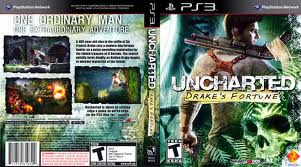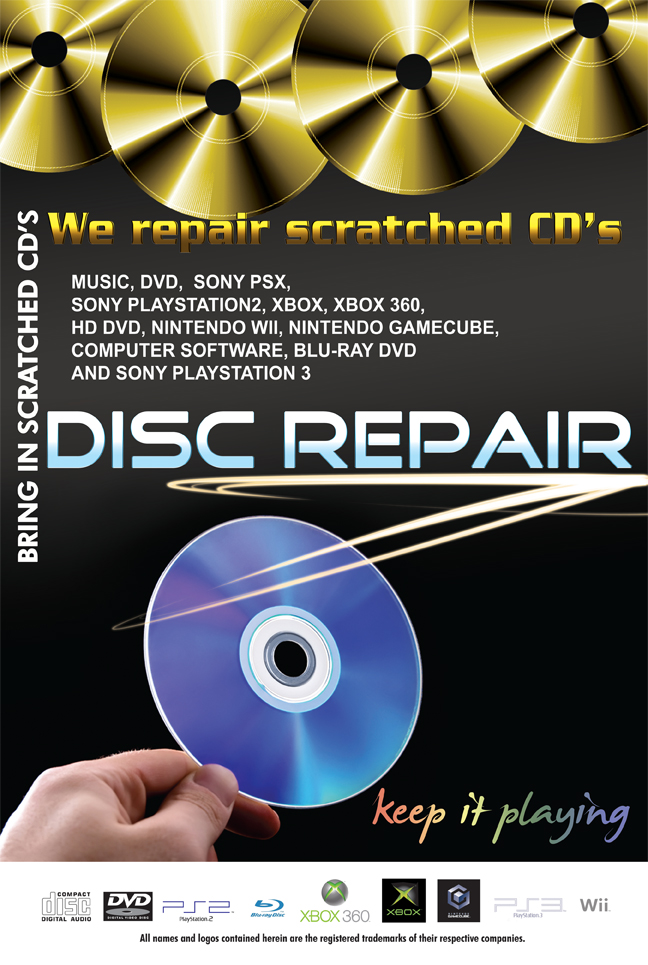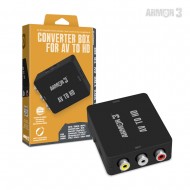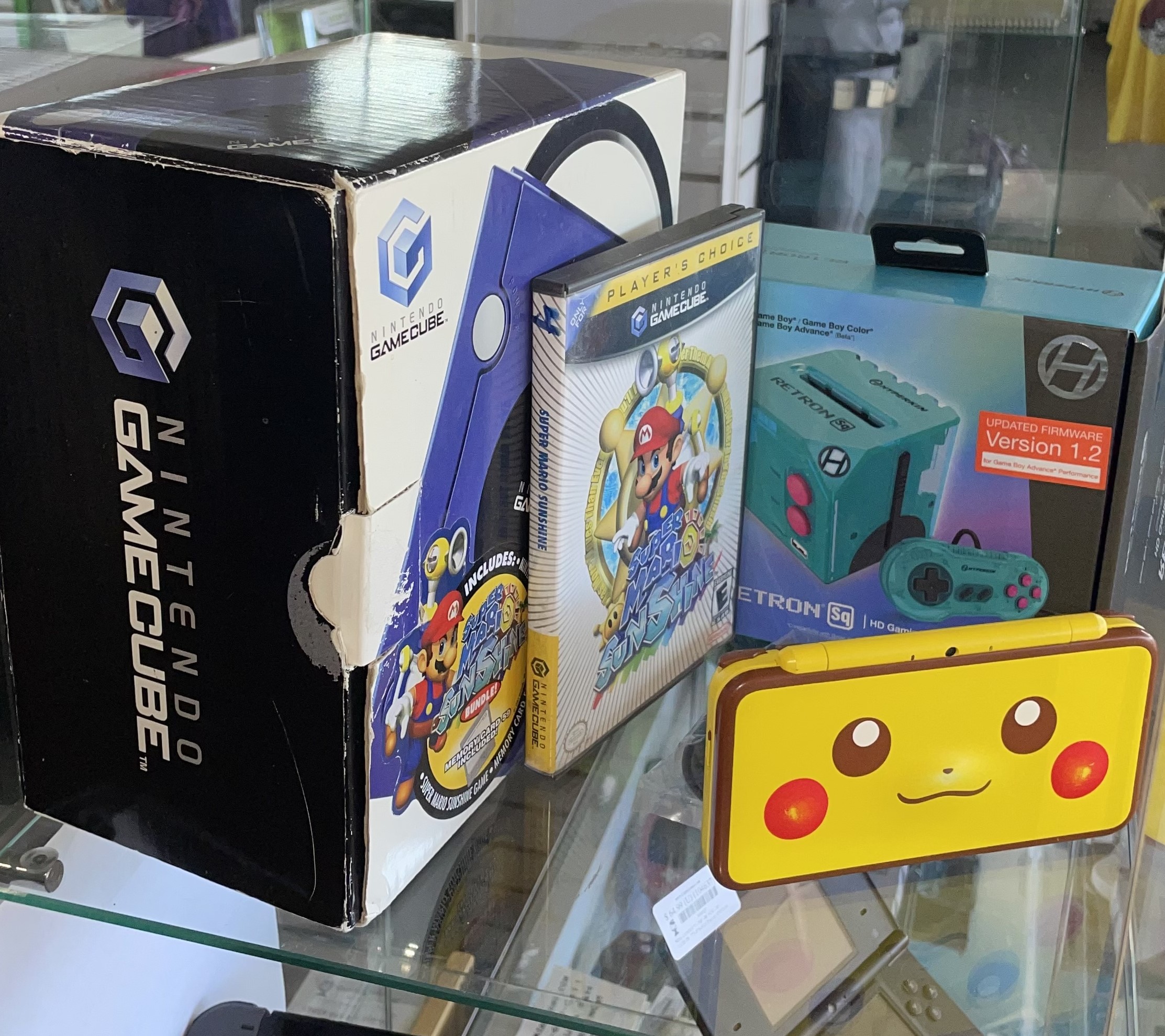
Store Hours: 11am-8pm Daily The Capn's VIP Program, is coming soon! |
Virtual Boy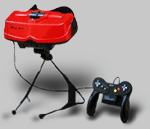 The Virtual Boy was an attempt by Nintendo to take the popularity of the portable Game Boy system into 3D realms by using more advanced technology. Unlike the 8-bit Game Boy, the Virtual Boy runs on a powerful 32-bit RISC microprocessor.
The Virtual Boy was the brainchild of Gumpei Yokoi head of Nintendo's R & D team #1. Yokoi is the designer of the hugely successful Game Boy system. He decided to expand the boundaries for portable games into 3D.
Yokoi was able to achieve a 3D effect by projecting two separate images (one black, one red) on to two mirrored high-resolution LED screens. The two screens run at a rate of 50.2 frames per second. When the separate screens are viewed with both eyes, a stereoscopic effect is produced and images appear to jump towards the viewer. Yokoi also added 16-bit digital stereo into his new system design.
One criticism of the Virtual Boy has been that it is not a color system. The mono-colored LED screens utilized red pixels against a black background. Many people who were anticipating full color display were disappointed by the Virtual Boy system. In fact, critics loathed the system.
Contrary to what its name might lead some to believe, the Virtual Boy system does not provide an all-immersing virtual reality experience. True virtual reality processors simulate a continuous environment whichever way a user turns his or her head. Virtual Boy provides only a direct-forward view of games.
There are two adjustment controls on the Virtual Boy: 1. A knob on the headset which adjusts the Inter Pupil Distance. Players must turn the knob until they see a square in each corner of their eyes. 2. An adjustable slide control for focusing the viewing lenses.
In order to prevent eyestrain, Nintendo recommends taking a break after thirty minutes of continuous play on the Virtual Boy system. They also included a disclaimer in the instructions: "Warning: The Virtual Boy is intended for use by persons 7 years or older. Failure to comply may result in permanent eye injury."
Although the Virtual Boy is a battery operated system, it is not truly portable. The headset is mounted on a small stand that features no height adjustment. Players using the system on an inconveniently sized table may experience sore necks.
Instead of using traditional methods to advertise their new product, Nintendo executives decided that the public needed to experience the Virtual Boy system first hand. Their reasoning was that the 3D effect could not be replicated in the newspaper or on television. Nintendo struck a deal with Blockbuster Video. For $9.99 one could rent the Virtual Boy system for two nights along with two cartridges. With the rental, Nintendo included a coupon good for $10 off the purchase of a new Virtual Boy console.
In the past, the primary concern of Nintendo designers had always been in keeping manufacturing costs low. When the Virtual Boy was introduced to the United States, it sold for $179.95. The high price turned out to be a significant factor in the its failure to immediately catch on with consumers. The Game Boy was priced at only $109.99 when it was introduced in the US.
In another effort to boost consumer interest in their product, Nintendo announced the release of a cable link that would allow two players to compete on the Virtual Boy at the same time. This news failed to effect sales figures and the link has yet to be released.
In October 1995, just two months after the release of Virtual Boy, Nintendo cut the price from $179.95 to $159.95. By November 1995, Nintendo had stopped announcing new titles for the system.
Though sales figures were less than expected, Nintendo has sold more than 16 million units of the Virtual Boy system in the United States and more than 40 million worldwide.
Only 14 Virtual Boy games were released in the United States. The best games include: Mario's Tennis, Red Alarm and Nester's Funky Bowling.
|
Your IP Address is: 18.218.155.139
Copyright © 2024 Cap'n Games, Inc.. Powered by Zen Cart
